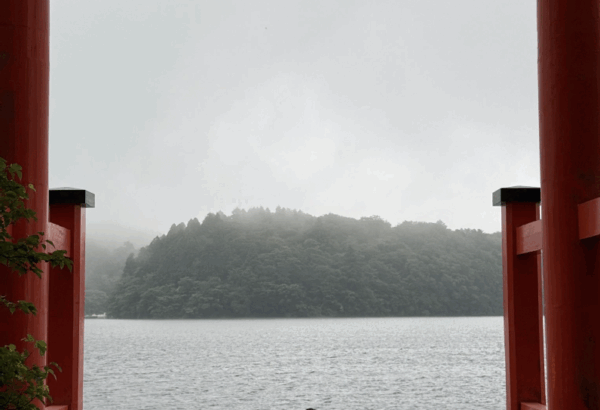It is clear that the way to heal society of its violence…and lack of love is to replace the pyramid of domination with the circle of equality and respect.
– Manintonquat, Elder of the Assonet Band of the Wampanoag Nation
Manintonquat suggests we use a circle. The circle treats everyone with “equality and respect.” It allows us all to look at each other from vantage points that offer shared positionality. Circles provide a direction that is not top down or bottom up but round and round. Memories of holding hands as children in a circle playing games or as adults dancing in a circle at a wedding make the position full of familiarity and warmth.
Circle practice is the method Pablo Cerdera, Associate Director for Restorative Practices at Penn, uses to elucidate justice and teach about his work. It must be experienced to be fully understood. This means that before he even explains why restorative practices are necessary or how they manifest within the Office of Student Conduct, he spends time building community through circle practice.
It is something that I encourage you to experience yourself for full impact but it means time is given to attuning to everyone’s humanity before it is allotted to learning facts or discussing issues. In the session, we shared about ourselves, we developed a grounding set of norms, we probed the issues together before we were ready then to learn about them from Pablo. The time we spent doing the circle practice better prepared us to learn and made the learning faster and more compelling.
Once you have experienced circle practice, you see with Manintonquat, how “the way to heal society of its violence” really is by forming a circle. In this time where we are witnessing social activism against systemic racial violence as well as the physical and social violence wracked by COVID 19, circle practice provides a unique type of healing. It allows us to share and to listen, it allows us to feel and empathize, it allows us to dream even as we look clearly at reality. But perhaps most of all, even as we may feel fragmented, it offers a picture of unity through a practice that is unifying.




